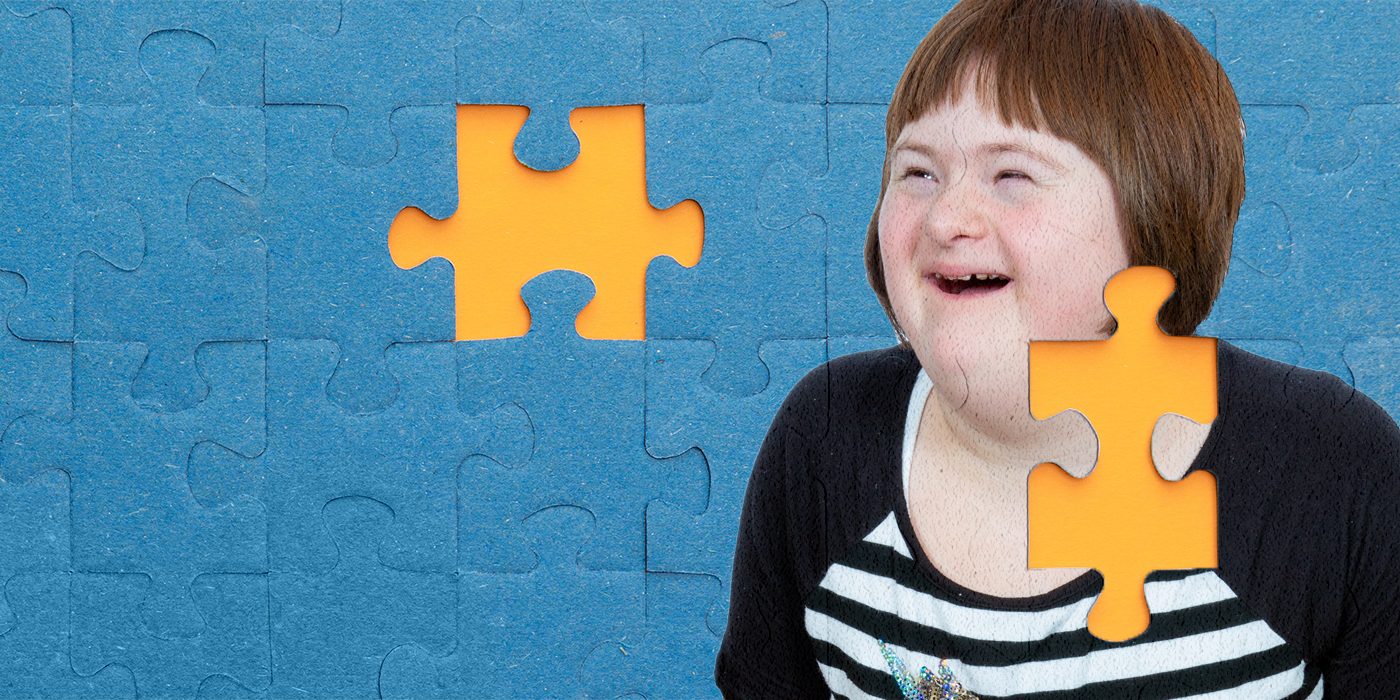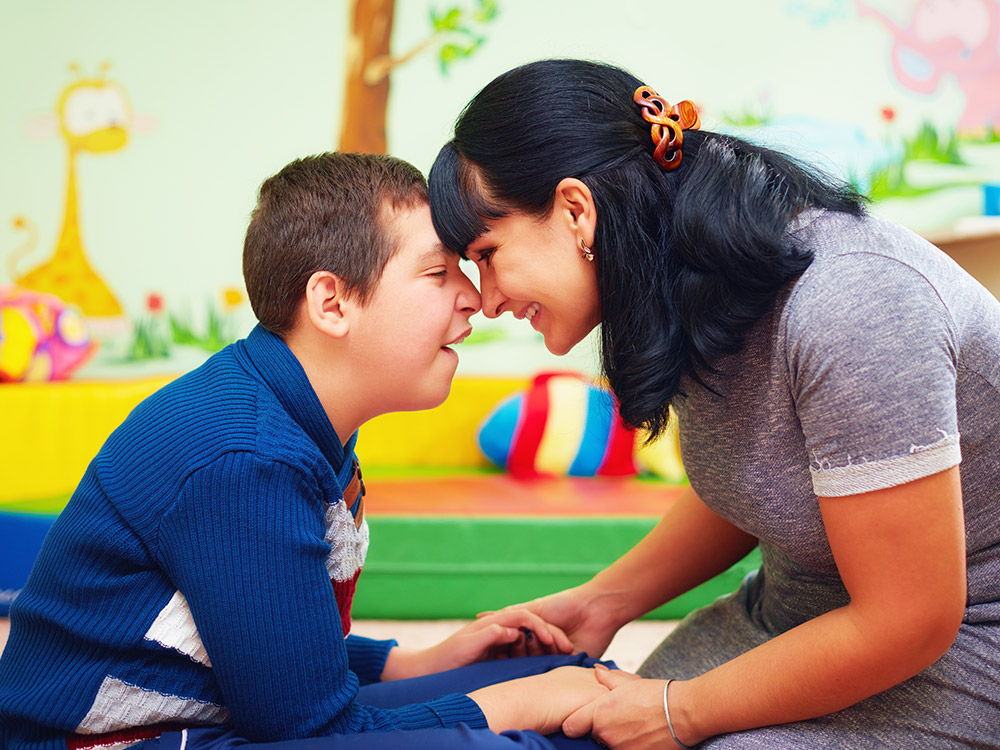Just how to Develop an Inclusive Setting for Friends and Family with Autism
Just how to Develop an Inclusive Setting for Friends and Family with Autism
Blog Article
Understanding Autism: A Comprehensive Overview to Signs and indications
Autism Spectrum Condition (ASD) includes a broad array of characteristics that can considerably influence a person's social interactions and daily functioning. Recognizing these subtleties not just help caretakers and educators in offering proper assistance yet also fosters a much more inclusive atmosphere for people with ASD.
Overview of Autism Range Condition
Defining Autism Spectrum Condition (ASD) includes acknowledging it as an intricate neurodevelopmental problem characterized by a variety of obstacles in social interaction, interaction, and behavior patterns. The term "range" shows the vast irregularity in symptoms and their severity, which can vary considerably from one individual to an additional. ASD commonly shows up in very early childhood years, although some people may not receive a medical diagnosis until later on in life.
Elements affecting the advancement of ASD include genetic tendencies and environmental aspects, although the specific causes stay under investigation. Diagnosis often depends on behavior evaluations, as there are no definitive clinical examinations for ASD. Early intervention is crucial and can significantly boost end results, concentrating on improving interaction skills, social communications, and adaptive behaviors.
People with ASD may additionally display distinct staminas, such as phenomenal interest to information or specific locations of expertise. Understanding the complex nature of ASD is vital for cultivating a comprehensive atmosphere that suits neurodiversity. Proceeded research is essential for developing efficient treatments and support systems, allowing people with ASD to grow and meet their potential within society.
Typical Signs of Autism
Recognizing the typical signs of Autism Spectrum Problem (ASD) is vital for very early recognition and intervention. These indicators can differ extensively in extent and presentation, however particular attributes are regularly observed in individuals with ASD.
One of the most prevalent indicators is a significant trouble in establishing and maintaining eye contact. Individuals might likewise exhibit restricted rate of interest in social interactions and reveal a preference for singular play.
Sensory level of sensitivities are additionally usual; people might underreact or panic to sensory stimulations, such as lights, audios, or appearances. autism. Language advancement can be irregular, with some kids exhibiting delayed speech or making use of language in uncommon methods, consisting of echolalia-- repeating phrases or sentences listened to somewhere else
It is vital to note that not every individual with ASD will certainly present all these indicators, and the degree of these behaviors can differ substantially. Early acknowledgment enables timely support and sources, boosting the high quality of life for those on the spectrum.
Social Interaction Obstacles
Social communication challenges are a trademark of Autism Range Condition (ASD), influencing an individual's ability to involve successfully with others. These difficulties can show up in different ways, including difficulties in initiating and preserving conversations, recognizing social hints, and responding properly in social interactions.
People with ASD may go to the website struggle with nonverbal interaction, such as eye get in touch with, faces, and body movement. This can result in misunderstandings, as their communicative intent may not be properly interpreted by others. They might locate it challenging to grasp the nuances of tone and context, which are necessary for effective interaction.
In group settings, people with ASD may really feel overwhelmed and might not know just how to sign up with in discussions (autism). They might additionally exhibit atypical conversational patterns, such as monologuing concerning details interests without identifying social reciprocity
Furthermore, these challenges can lead to social seclusion or troubles in forming partnerships, as peers might misinterpret their habits or interaction design. Understanding these social interaction obstacles is vital for promoting encouraging settings that advertise social skills development and improve the high quality of communications for individuals on the autism spectrum.
Sensory Sensitivities and Responses
Numerous people with Autism Spectrum Problem (ASD) experience enhanced sensory sensitivities that can dramatically impact their every day lives. These sensitivities may manifest as over-responsiveness or under-responsiveness to sensory stimuli, including sounds, lights, structures, preferences, and scents. An individual with ASD might discover everyday noises, such as a vacuum cleanser or crowded settings, overwhelmingly traumatic, leading to wikipedia reference anxiety or meltdowns. Conversely, some might display an indifference to pain or extreme temperature levels, which can posture safety and security concerns.
Sensory processing distinctions in people with ASD can also influence their ability to engage in regular activities and social communications. For instance, a child that is sensitive to touch might stand up to physical affection or avoid particular clothes textiles. A preference for particular structures or preferences can restrict nutritional choices and produce challenges during nourishments.
Comprehending these sensory level of sensitivities is crucial for recognizing the one-of-a-kind experiences of people with ASD. Awareness of their sensory profiles can promote far better interaction and assistance strategies, producing an atmosphere that accommodates their demands and enhances their high quality of life. Eventually, recognizing sensory level of sensitivities is a vital element of understanding the more comprehensive range of autism.

Sustaining Individuals With Autism
Reliable support for individuals with Autism Range Problem (ASD) is critical for enhancing their general health and fostering independence. Assistance strategies need to be customized to fulfill the unique requirements of each person, considering their toughness and challenges.

Social abilities training can additionally play a crucial role. autism. Involving people in group tasks or role-playing situations can boost their ability to navigate social interactions. In addition, it is vital to inform household participants, caretakers, and peers concerning ASD to cultivate a encouraging and inclusive neighborhood
Verdict
By promoting enhanced communication and social abilities, people with autism can navigate their settings extra efficiently. Eventually, enhanced awareness and assistance can considerably enhance the top quality of life for those impacted by ASD.
Autism Range Disorder (ASD) incorporates a large range of characteristics that can dramatically affect a person's social interactions and day-to-day functioning.People with ASD may struggle with nonverbal interaction, such as eye contact, face expressions, and body language.Several people with Autism Spectrum Disorder (ASD) experience increased sensory sensitivities that can substantially affect their day-to-day lives.Sensory handling distinctions in individuals with ASD can also influence their capacity to engage in social communications and routine tasks.Comprehending these sensory sensitivities is crucial for recognizing the unique experiences of people with ASD.
Report this page